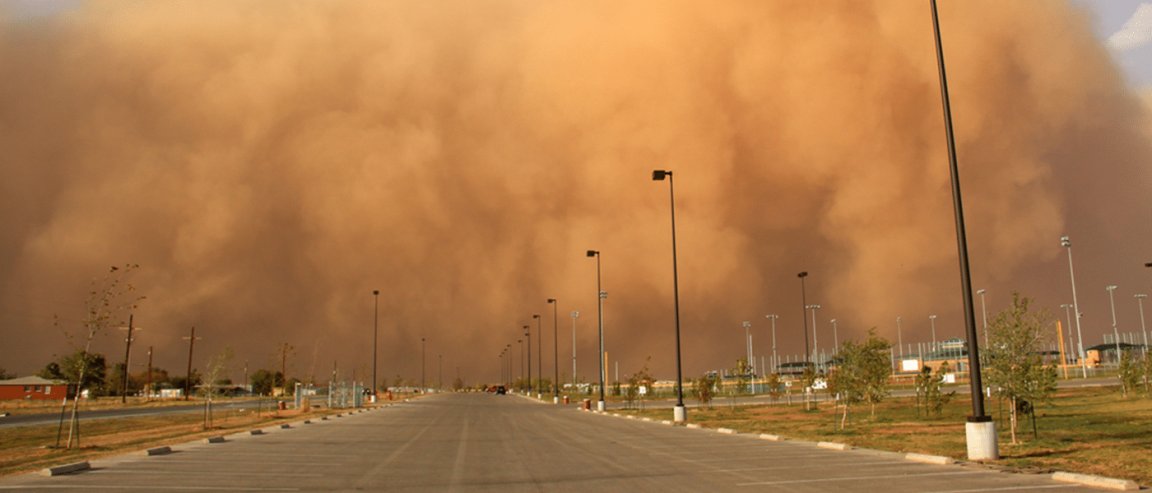
Higher Yields/Less Resilience
The Dust Bowl was a terrible time for farmers and other residents of the North American plains during the 1930s. A series of heavy droughts led to debilitating conditions both agriculturally and ecologically. Fearing the impact of potential similar conditions, a team of researchers ran a computer simulation of how we would fare in another Dust Bowl. The simulation also illustrated the deleterious impact global warming will have on our ability to grow food.
The researchers, Michael Glotter and Joshua Elliot from the University of Chicago, expected to find that modernization had provided for more resilient crops. However, the push for higher crop yields has done nothing to make them less vulnerable to drought and heat. According to Elliot:
We expected to find the system much more resilient because 30 percent of production is now irrigated in the United States, and because we’ve abandoned corn production in more severely drought-stricken places such as Oklahoma and west Texas. But we found the opposite: The system was just as sensitive to drought and heat as it was in the 1930s.
The simulation mimicked the conditions of the 1936 drought on today’s agriculture and found that the impact would be comparable to the Dust Bowl crisis, with 30 – 40 percent losses in yields for some of our most essential crops like corn, soy, and wheat.

Extreme Weather
Climate change is a major factor in these frightening numbers. Even when just factoring climate change and not accounting for the one-two-punch of droughts, crop yields plummeted by up to 80 percent. And this was simply caused by an increase of four degrees above the average temperature. With temperature potentially climbing at rates of 0.55 °C (1 °F) per decade, it won’t be long until we reach those temperatures.
Unfortunately, we still are at the preliminary stages in terms of tackling this issue. We are still trying to get people to realize (or admit) that man-made climate change is real and an immense threat to the world’s organisms. According to a recent study “more than 450 of the 976 plant and animal species studied are experiencing local extinction events.” Once the threat is realized it will be much easier to inspire action.
The authors of the study added a few recommendations on how to best combat such a future. Aside from tackling greenhouse gas emissions, the researchers also want us to look into engineering crops to have higher heat tolerance to battle the rising temperatures, shifting to drought-resistant crops, and moving the most vulnerable crops to cooler northern climates. Still, these changes are prohibitive in that they come with a high monetary cost. We need to be more forward thinking in our policy-making. Extra bucks today may make all the difference when it comes to feeding the world of tomorrow.